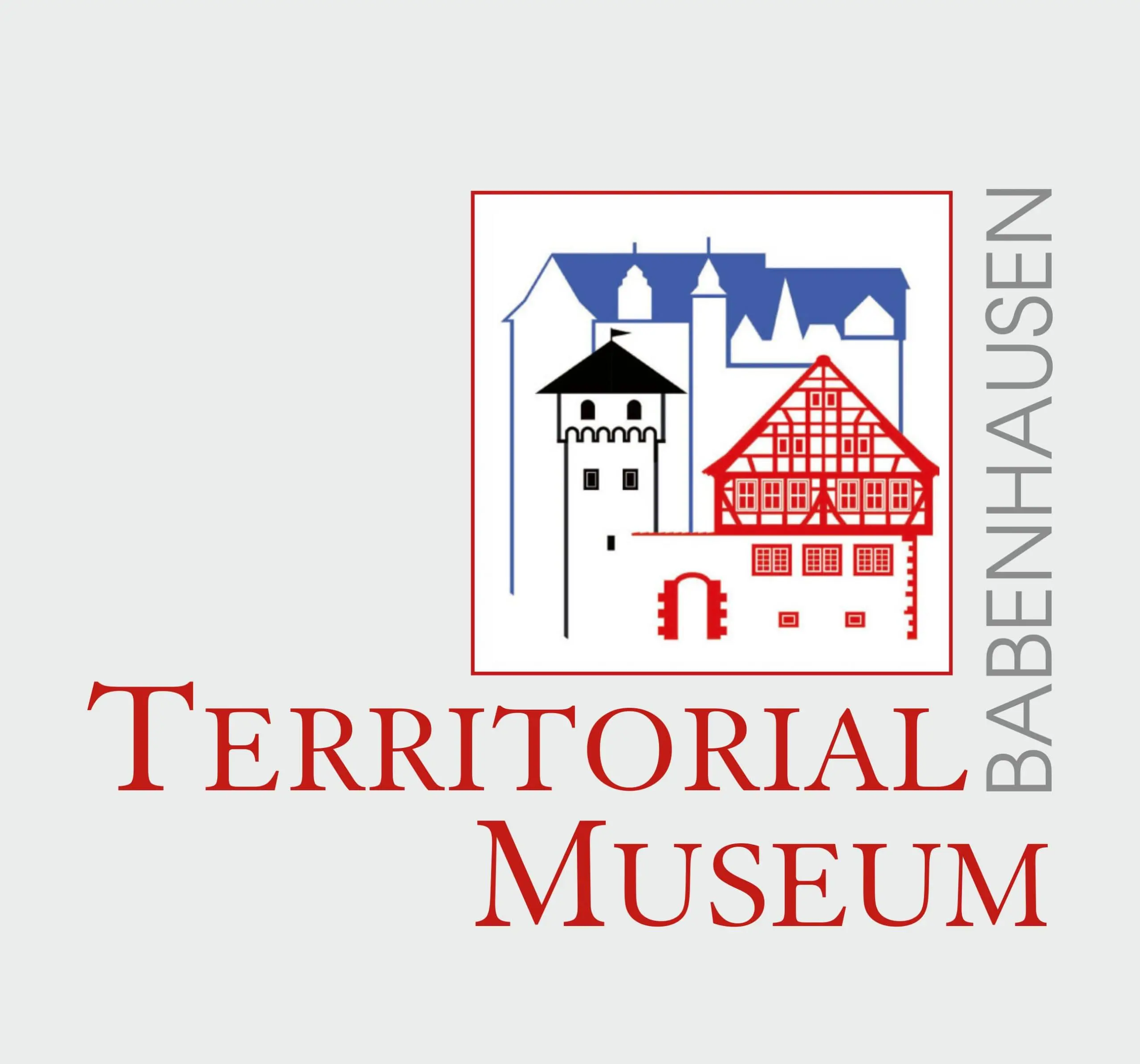
THE INTERACTIVE MUSEUM WITH Narrative GALLERY
Territorial Museum Babenhausen
The Territorial Museum in Babenhausen has been awarded the Hessian Monument Protection Prize 2014 and the German Half-timbered Prize 2015, as well as Museum of the Month September 2018.
opening hours
Opening hours:
Thursday 2:00 p.m. – 5:00 p.m.
Saturday 3:00 p.m. – 5:00 p.m.
Sunday 2:00 p.m. – 5:00 p.m.
No test or registration is required, the AHA rules apply as they have since.
Guided tours for groups outside of these times by arrangement.
Territorial Museum Babenhausen
Interesting details:
The complete address by Johann Reinhard III. von Hanau (* July 31, 1665 in Bischofsheim am Hohen Steg; † March 28, 1736 in Schloss Philippsruhe) can be found in the Territorial Museum, upper floor, “Hellroter Raum”.
Johann Reinhard III. ruled from 1680 to 1736 in the county of Hanau-Lichtenberg and from 1712 to 1736 additionally in the county of Hanau-Münzenberg.
Here you will find the 360 ° tours through the individual rooms of the Territorialmuseum Babenhausen.
TOWN HISTORY TO HANDLE
Museum with a difference
On three floors with a total of 300m² of exhibition space, the prehistory and early history, the medieval and early modern city history including the Reformation as well as the 19. and 20th century presented in a narrative gallery.
The local building contractor Dipl.-Ing. Dieter Aumann, an enthusiastic local history researcher, acquired the former office building of the gaylings of Altheim from 1555, which had been vacant for many years. Aumann transferred the building to a charitable foundation. The focus was on not creating a common local museum, but rather making history tangible with new accents.
Visit the museum and let yourself be captivated by the fascinating depiction of our city’s history.
LOVE IS IN THE DETAILS
Partition & infill
A compartment is the part of a wall of a half-timbered house, the space between the wooden beams. The filling of the compartment is called infill. In our Territorial Museum, the compartments and the infill are revealed in various places.
In some cases, several renovation phases from the different building eras are visualized.
THE WOODEN LIPS GANG
The brick hut as a robber’s quarters
In the attic of the museum there is a lifelike replica of the robber Holzlips, who, as the leader of a band of robbers from the early 19th century, often stayed in the brickworks not far from Sickenhofen after his raids. Images of the heads of other executed robbers are also on display in the Territorial Museum. The real guiding sword completes the representation. Garments from the 19th century and a large mirror invite young and old to dress up.
Here you can take souvenir photos with a robber’s vest and slouch hat.
THE PRESENTATION LIBRARY
Museum library
The Territorialmuseum Babenhausen maintains a museum library in which the “Heimatkundliche Bibliothek” of the Heimat- und Geschichtsverein Babenhausen eV and the local history department of the district library are integrated. It is a special library for local literature, primarily for the Hanau-Lichtenberg territory and the neighboring municipalities. A limited amount of literature is also available from today’s neighboring districts. The gray literature is also collected (e.g. club festivities that are not in bookshops). The homeland and history association exchanges documents with a large number of historical associations.
The museum library is a reference library. Inspection takes place on site. If longer studies are foreseeable, this can also be done in the city archive (dead end 23 next to the Breschturm) during the opening times there on Saturdays from 10 a.m. to 1 p.m. To do this, however, the book requests must be registered in advance by email ([email protected] or [email protected]). Exceptions require approval and must be specified in writing.
A catalog is available for the holdings. However, a large part of the media units is still not cataloged, as this is done on a voluntary basis, as is the museum. The work will be continued successively.
MEMORY OF THE THIRTY YEARS WAR
Cannonball from the Hanauer Tor in Babenhausen
With a weight of almost ten kilograms and a diameter of 13.5 centimeters, this cannonball from the Thirty Years War was shot into the city from a cannon. In the 1970s, the ball was found on a construction site near the Hanauer Tor, not far from the Löwen pharmacy.
A passerby named Johannes Benyskiewitz saw them first. He took it with him and handed it over to the town hall. From there she went to the homeland and history association. The small projectile (3.1 centimeters in diameter) probably came from the defenders and thus from a Swedish musket. The proof is that it was found in 1949 on the premises of Amtsgasse 60, which at that time was still a garden. The distance of 150 to 200 meters corresponds exactly to the range of the handguns of the time, so that it can be assumed that the projectile was fired from the battlements of the city wall.
Klaus Mohrhardt, a little boy from Babenhausen, discovered her while playing in the flower bed in his parents’ garden. At that time already interested in history, he knew very quickly that he was holding something special in his hands. He treated it with a rust remover and kept it on his desk for decades. When the museum opened, as a member of Schlossfreunde and the HGV, he was happy to make this extraordinary find from his childhood available to the museum as a permanent loan. The two spheres testify to the successful resistance of the residents of Babenhausen in 1635.
HISTORICAL TOMBERS, BORDER STONES AND MORE
The lapidary
The lapidarium, i.e. the collection of stone works, such as grave slabs or gravestones, but also boundary and marker stones. The beautifully designed facility in the courtyard of the museum enriches the museum and at the same time links the exhibitions with other Babenhausen sights. After visiting the museum with the former tombstones from the town church, a visit to the church is just as obvious as going to the museum if you have visited the church.
AROUND TEN TOMB MILLS FROM THE CELTIC AGE
Barrow in Harreshausen
The barrow can be reached via the extension of Gersprenzstrasse in Harreshausen. From here it goes straight to the edge of the forest. At the edge of the forest, turn left into the forest (Rennweg), from here it’s about 300m.
In front of the grave is the information board showing the cross-section of a barrow with the grave goods from that time. If you look through the peephole on the board, the picture on the board is embedded in the landscape exactly at the location of the grave.
In the late Bronze Age, around 1200 to 800 BC, the barrows of Harreshausen were built. They are located on an ancient connecting road, the “Rennweg”. Around ten burial mounds from the Celtic era lie in the forest here. For the ignorant, however, they are difficult to make out because they hardly stand out from the forest floor. In addition, trees and bushes grow on it. If you don’t know the exact location, you will hardly find the historical places of the Celts.
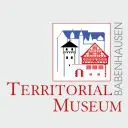




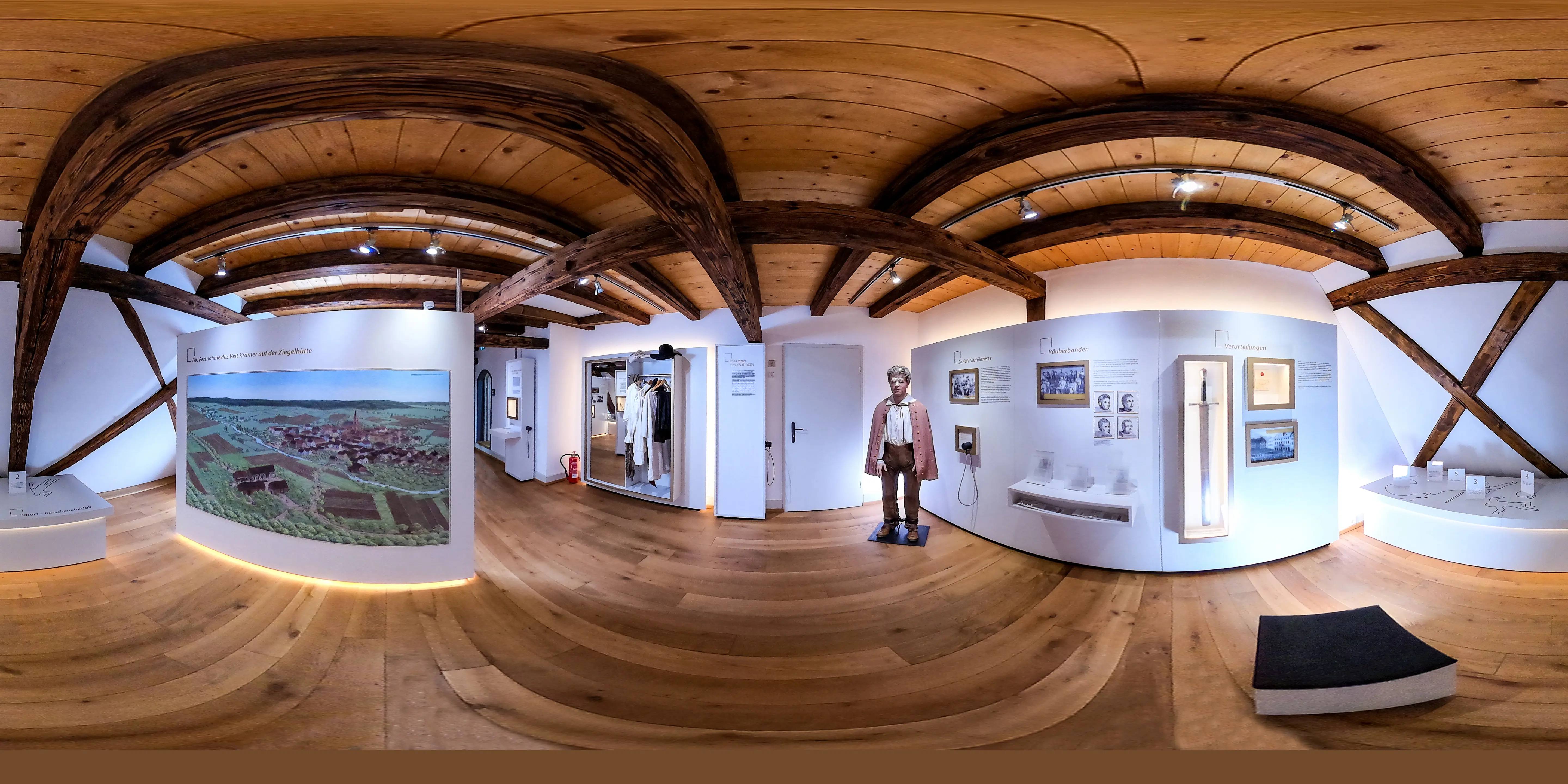

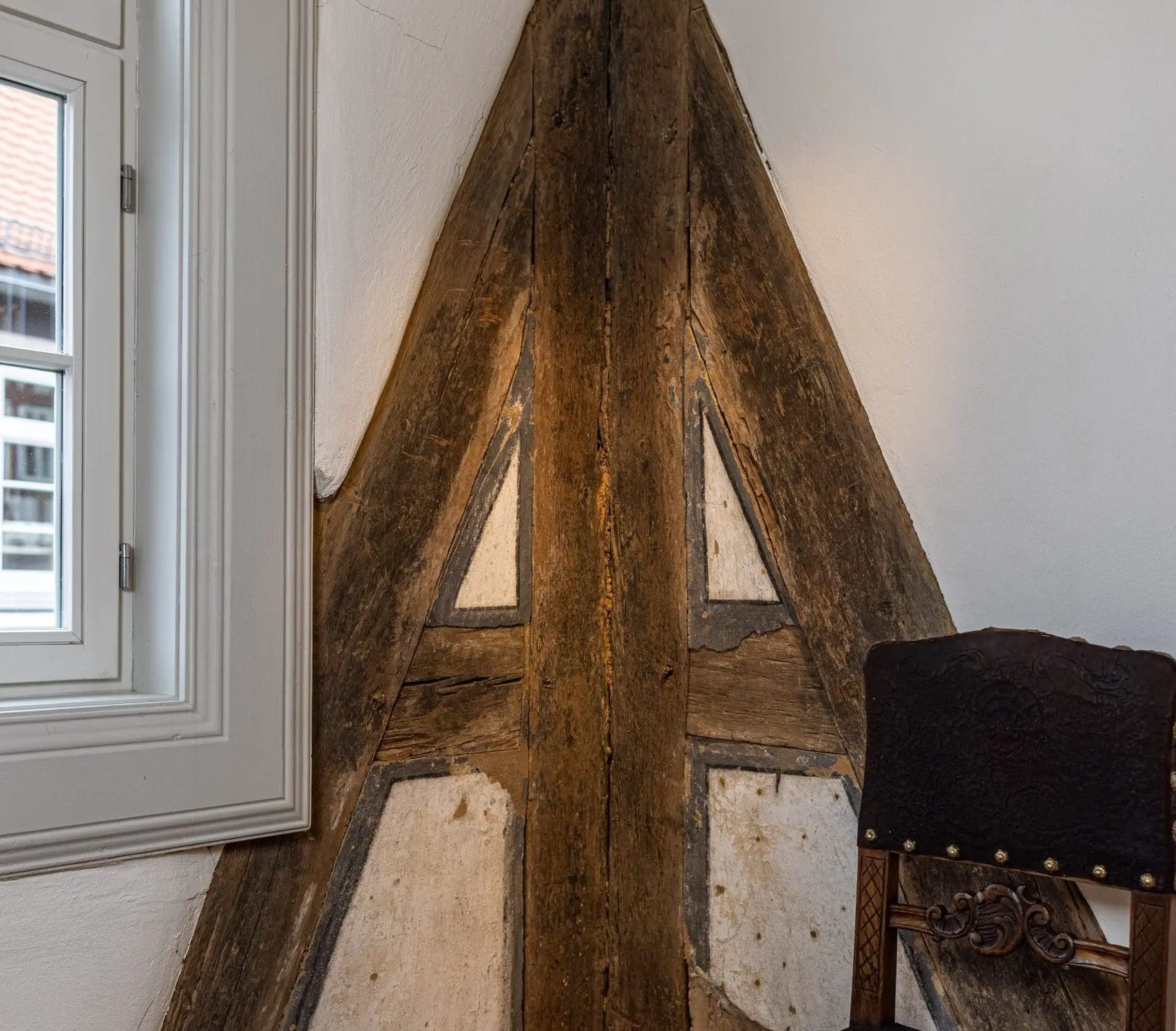
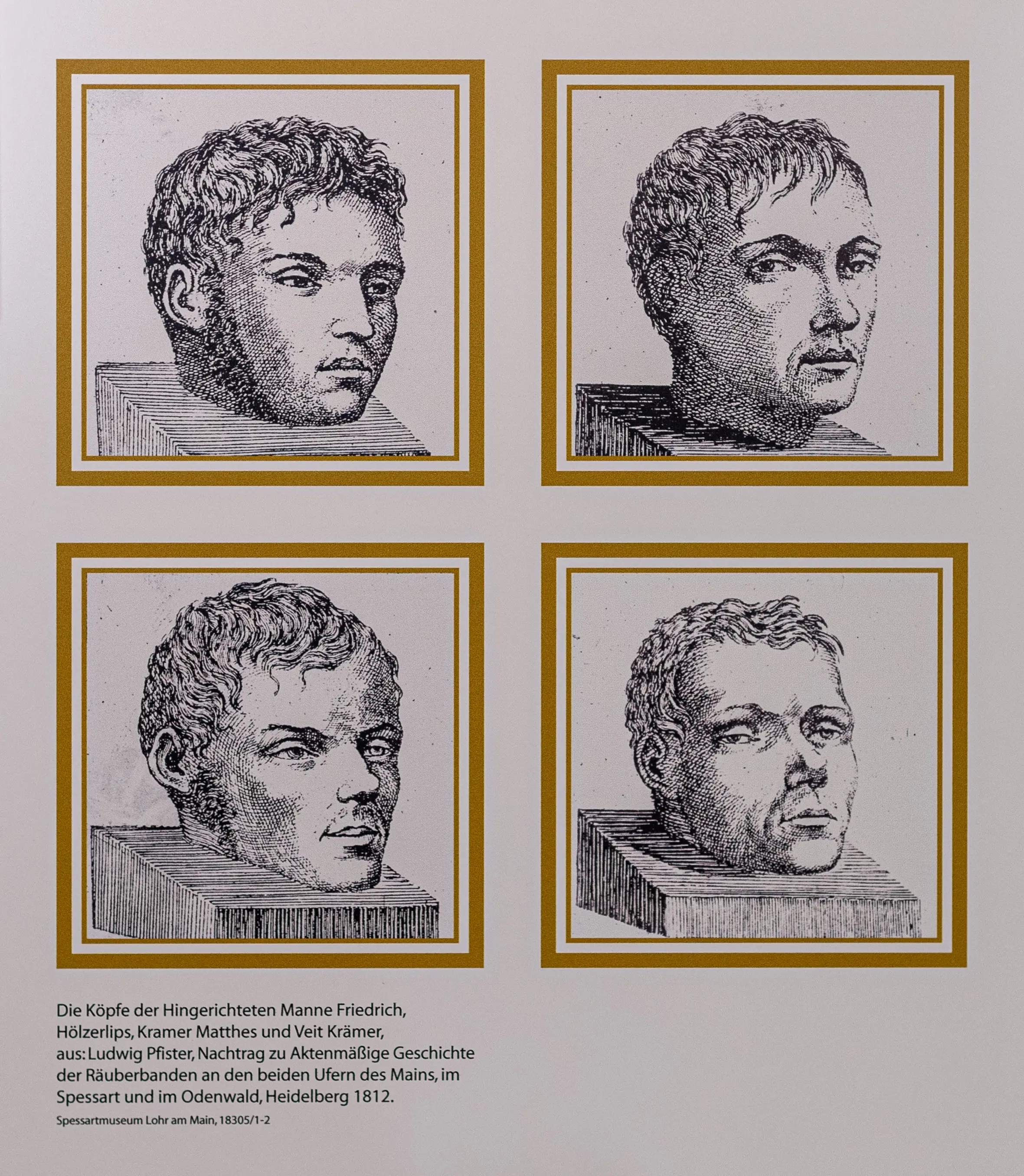

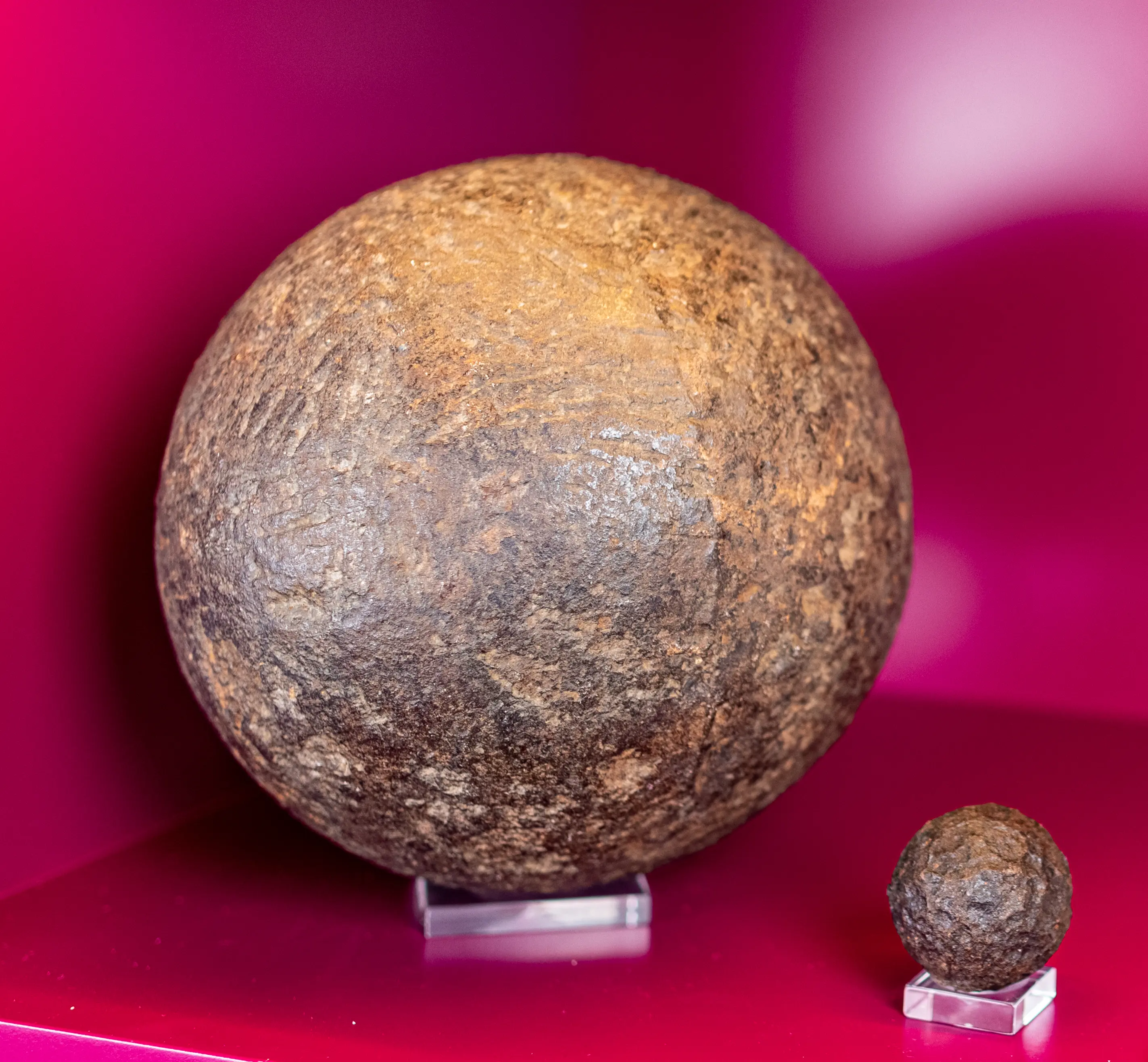
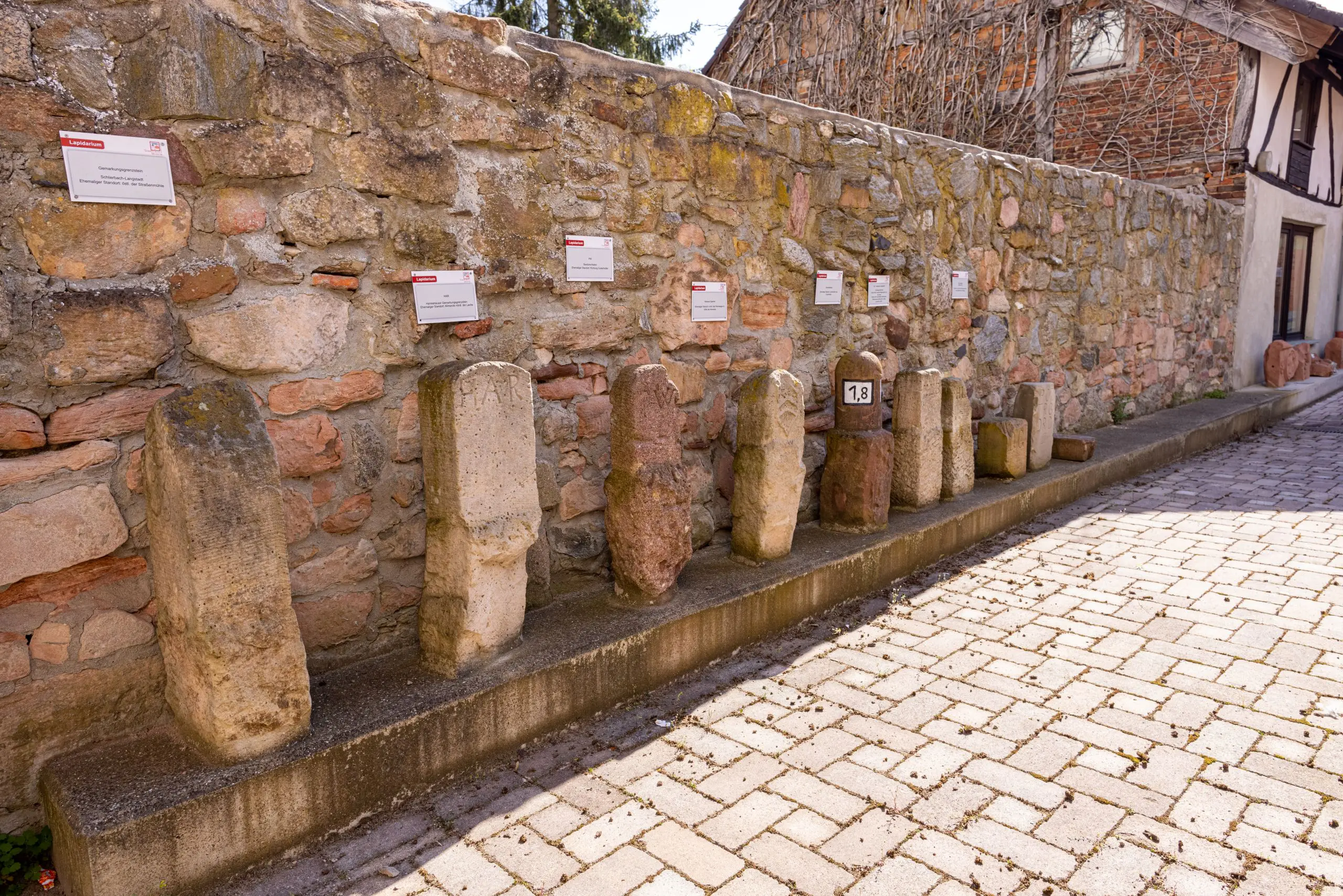



 ,
,